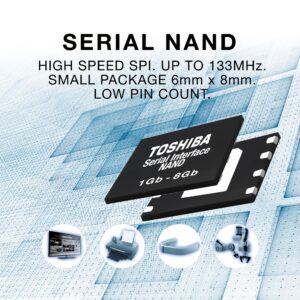 Toshiba Memory America, Inc. announced the launch of a new family of SLC NAND flash memory products for embedded applications. Compatible with the widely used Serial Peripheral Interface (SPI), Toshiba Memory’s second-generation Serial Interface NAND can be used in a wide range of consumer and industrial applications that require high-speed data transfers, including flat screen TVs, printers, wearable devices, and robots.
Toshiba Memory America, Inc. announced the launch of a new family of SLC NAND flash memory products for embedded applications. Compatible with the widely used Serial Peripheral Interface (SPI), Toshiba Memory’s second-generation Serial Interface NAND can be used in a wide range of consumer and industrial applications that require high-speed data transfers, including flat screen TVs, printers, wearable devices, and robots.
The new products bring improved speed (from 104MHz to 133MHz) over Toshiba Memory’s previous generation and include a new command for loading data for programming in 4-bit (QSPI) mode. The addition of an 8-gigabit (Gb) device also brings improved NAND density to the new generation of products. The second-generation Serial Interface NAND family consists of eight products and features power supply voltages of 2.70 to 3.60V and 1.70 to 1.95V. Samples are available now and mass production is scheduled to begin in October.
NOR flash memory has commonly been used in embedded applications for consumer and industrial devices. However, in order to support the new, enhanced features found in embedded devices, larger memory densities are needed. This is especially true in IoT and communications applications, where device miniaturization means that fast, large-capacity flash memory is required – in the smallest package possible. Additionally, microcontroller manufacturers are moving away from the high-pin-count parallel address/data bus in favor of lower-pin-count interfaces, making an alternative to NOR even more important.
For more information, please visit business.toshiba-memory.com.

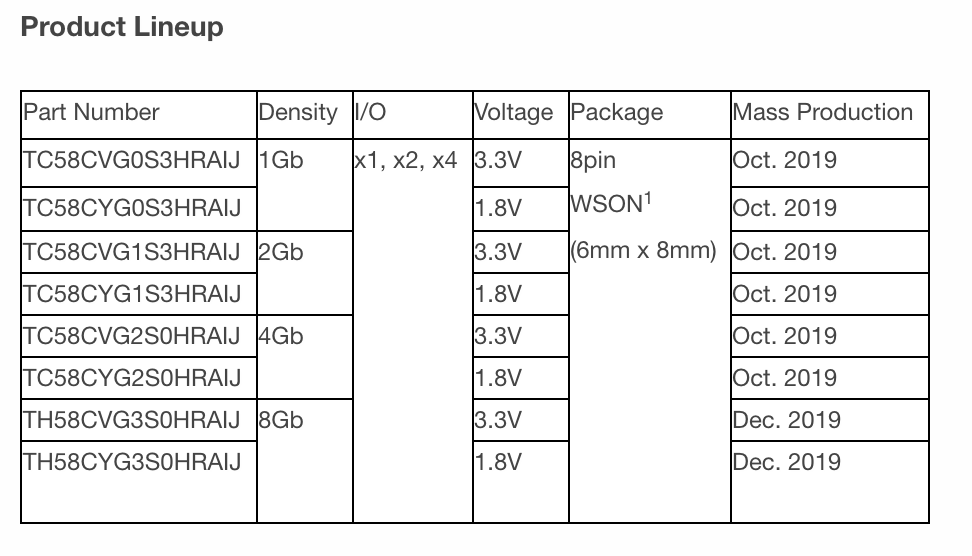
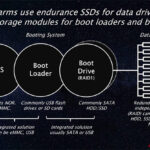

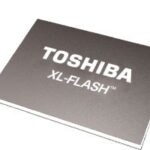
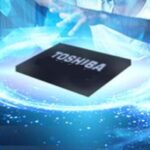
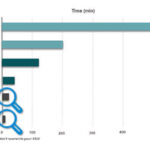
Leave a Reply